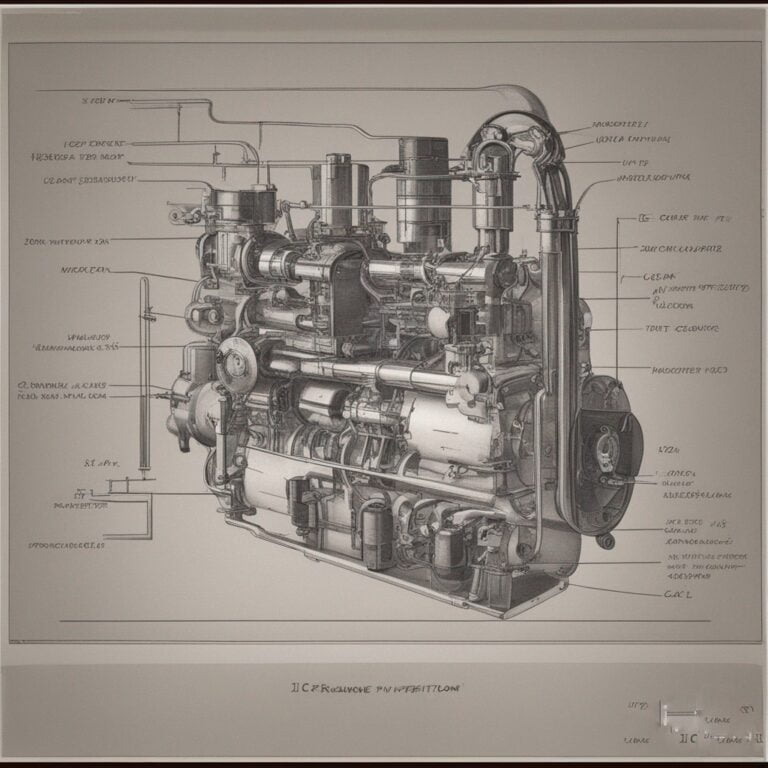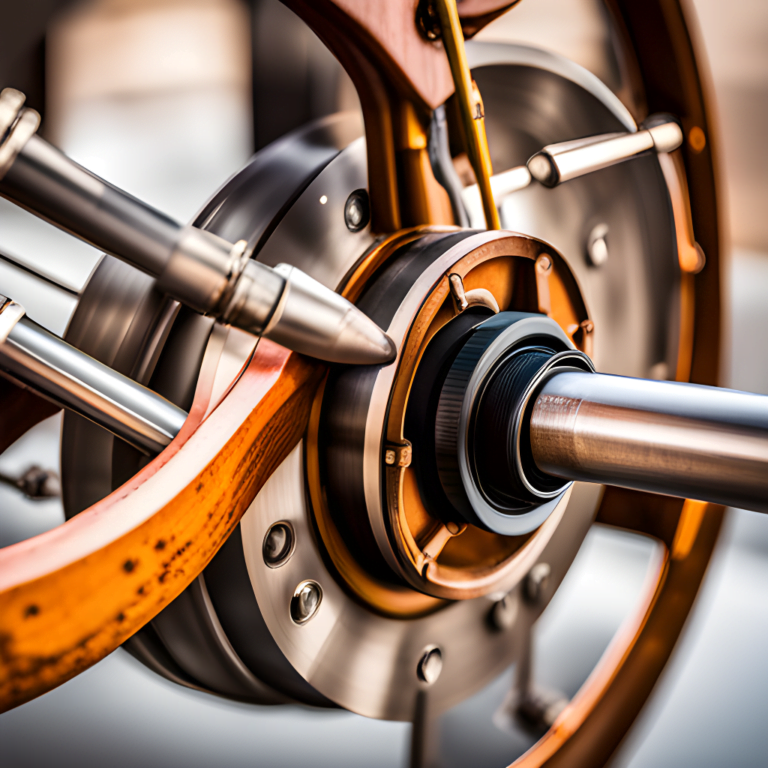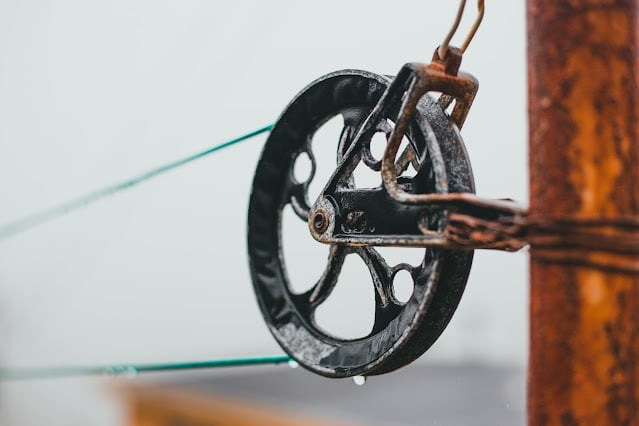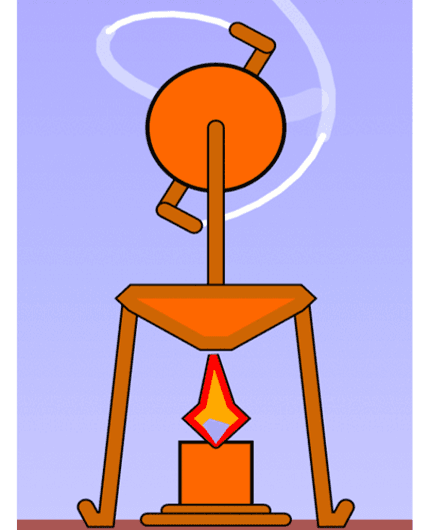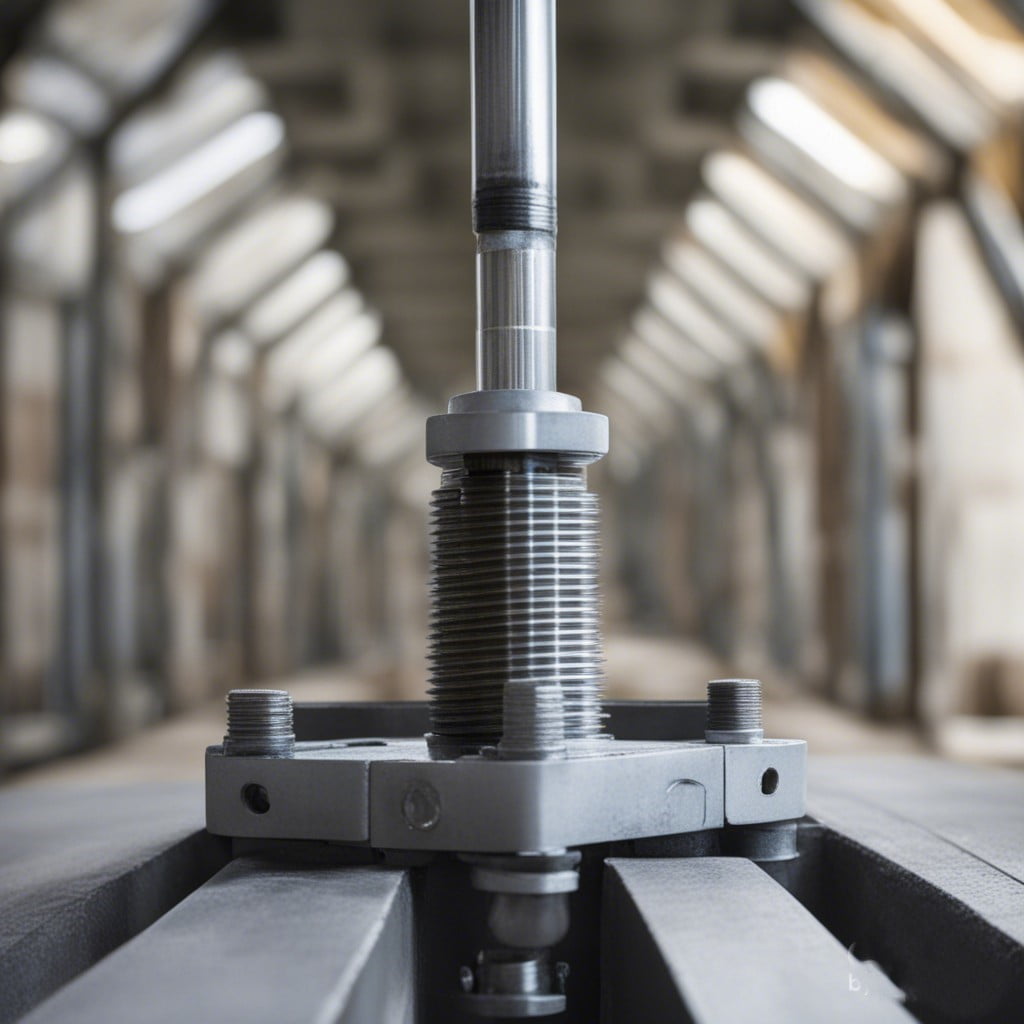
Simple machine: The Screw
Have you ever stopped to appreciate the screw? This seemingly simple piece of hardware plays a surprisingly crucial role in our everyday lives, holding together everything from furniture to spaceships. But beyond its practical applications, the screw boasts a fascinating history and ingenious engineering principles.
Today, we delve into the world of the screw, exploring its components, the concept of pitch, thread, and how it influences its mechanical advantage. We’ll even travel back in time to meet the mind behind the iconic Archimedes screw, a testament to the screw’s enduring legacy.
So, buckle up (or, rather, screw in) as we embark on a journey to understand this remarkable simple machine that continues to shape our world in countless ways.
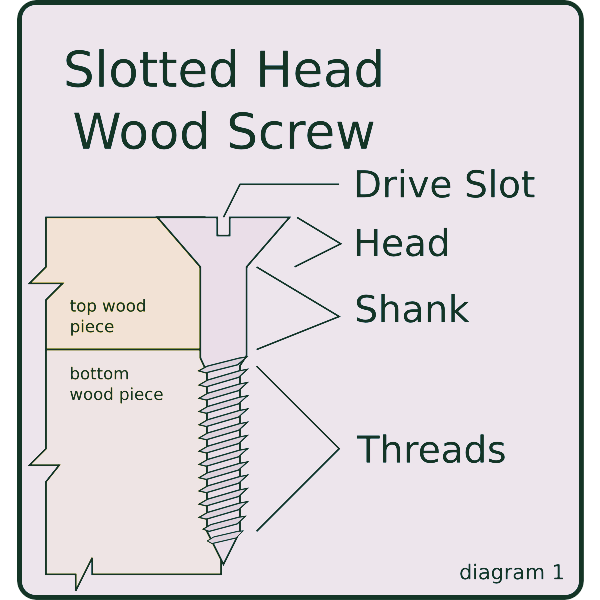
The Origins of the Screw
Early Beginnings (9th-1st century BC):
911-609 BC:
- The screw’s origin story takes us back centuries, even millennia. Archaeological evidence unearthed from Assyrian palace excavations dating back to 911-609 BC hints at the use of screw-threaded objects, potentially employed for woodworking or metalworking. (Source: Moorey, P.R. (1994). Ancient Mesopotamian materials and industries. Oxford University Press)
Before 1st century BC:
- Meanwhile, across the Nile, Egyptian tomb paintings predating the 1st century BC depict devices remarkably similar to water screws. These ingenious inventions suggest the early use of screws for irrigation purposes, demonstrating their role in supporting the very foundation of civilization. (Source: Salzman, M.R. (2002). The making of a community: The development of water management systems in the Fayum Oasis, Egypt. University of Chicago Press)
Classical Era and Beyond (1st century BC – 1600 AD):
1st century BC:
- The screw’s story stretches back centuries, with evidence of its early use emerging around the 1st century BC. Roman writings by Cato the Elder and Vitruvius mention the use of wooden screws in various applications, including presses for extracting olive oil and grape juice, and even furniture construction. These early screws, though lacking the precision of their modern counterparts, laid the foundation for future advancements. (Source: Cato the Elder, On Agriculture. Vitruvius, Ten Books on Architecture)
3rd century BC:
- Fast forward to the 3rd century BC, and we encounter the brilliant Archimedes. This renowned mathematician and inventor not only described the screw pump in his treatise “On Spirals,” but also laid the foundation for the theoretical understanding of the screw principle. This innovation, also known as the Archimedes’ screw, revolutionized irrigation practices and remains a testament to the screw’s potential for practical applications. (Source: Archimedes, On Spirals)
1475-1490 AD:
- Centuries later, the Housebook of Wolfegg Castle manuscript, dating back to 1475-1490 AD, provides the first known illustration of a screwdriver. This seemingly mundane depiction signifies the growing importance of the screw in everyday tasks. Around the same time, the visionary Leonardo da Vinci included sketches and descriptions of screw mechanisms in his notebooks, highlighting their potential in various applications, from engineering marvels to intricate clockwork designs. (Source: Housebook of Wolfegg Castle, available online at the University of Heidelberg)
15th century AD:
- Leonardo da Vinci’s notebooks contain sketches and descriptions of screw mechanisms, highlighting their potential in various applications. (Source: Leonardo da Vinci, Codex Atlanticus, available online at the Biblioteca Ambrosiana)
1600 AD:
- By the 16th century AD, the renowned Galileo Galilei published his groundbreaking work “Discourses and Mathematical Demonstrations Concerning Two New Sciences.” This pivotal text not only formalized the dynamic theory of simple machines, but also included the screw within its framework. This recognition solidified the screw’s place as a fundamental mechanical principle, paving the way for further advancements in its design and application. (Source: Galileo Galilei, Discourses and Mathematical Demonstrations Concerning Two New Sciences)
Modern Era (17th century AD – Present):
1760s-1770s:
- While the screw’s origins stretch back centuries, a pivotal moment arrived during the 1760s-1770s with the Industrial Revolution. Inventors like Jesse Ramsden and Henry Maudslay revolutionized the game with the development of screw-cutting lathes. These ingenious machines enabled the mass production of metal screws with consistent thread forms. This standardization was a game-changer, paving the way for interchangeable parts and ultimately, mass production itself. (Source: Woodbury, R.B. (1961). History of the screw thread. The Machinery Publishing Co.)
19th century:
- The 19th century witnessed a continuous evolution of the screw. Advancements in materials science and manufacturing techniques led to the development of a diverse range of specialized screw types. From the robust bolts used in construction to the delicate screws vital for intricate machinery, each type was meticulously designed to fulfill specific needs and applications. (Source: American Society of Mechanical Engineers. (2008). Mechanical engineers’ handbook. John Wiley & Sons)
Present day:
- Fast forward to the present day, and the screw remains a ubiquitous and essential component across countless fields. In construction, screws ensure the stability of buildings and infrastructure. In manufacturing, they play a crucial role in assembling complex machinery and electronics. Even in furniture making and various technological applications, screws serve as the unsung heroes, holding things together and enabling functionality.
Reputable Websites for Further Exploration:
- Society of Manufacturing Engineers
- National Museum of Mathematics
- American Society of Mechanical Engineers
The Ancient Greeks are often credited with the development of the screw. It is believed that Archytas of Tarentum, a Greek philosopher and mathematician, devised the earliest known screw-like device in the 4th century BC. Archytas’ screw was a simple yet ingenious contraption, consisting of a cylindrical shaft wrapped with a helical thread. This early screw was primarily employed for lifting water from wells and for irrigation purposes.
The Renaissance and Early Applications- Archimedes screw
During the Renaissance, inventors and engineers revisited the concept of the screw, building upon the foundational work of their ancient predecessors. One notable figure in the evolution of screw technology was Leonardo da Vinci, who envisioned and sketched various types of screws, including the Archimedean screw, a design attributed to the ancient Greek mathematician Archimedes.
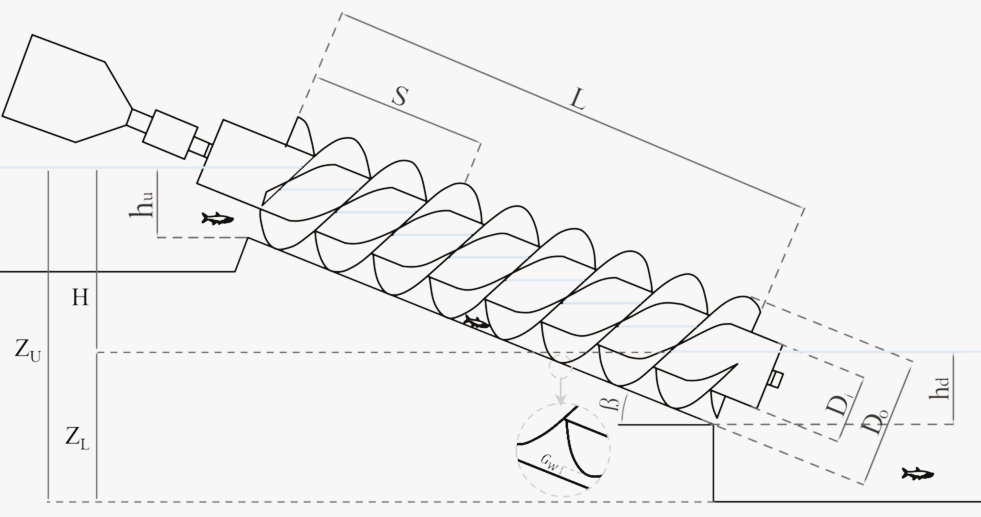
The Archimedes screw, with its continuous helical thread on a cylindrical shaft, found practical application in lifting water and irrigating fields. Its utility was evident in various parts of the world, including ancient Egypt and the Middle East.
Mechanism of a Screw
Threaded Shaft:
A screw consists of a long, cylindrical rod with a spiral groove wrapped around it. This spiral groove forms a continuous inclined plane along the length of the shaft. This inclined plane is what sets the mechanics of the screw in motion.
Rotational Motion:
To activate a screw’s mechanism, you apply a rotational force to its head by turning it clockwise (righty-tighty) or counterclockwise (lefty-loosey). This rotation is typically achieved using tools like screwdrivers, wrenches, or your fingers.
Inclined Plane Action:
As you turn the head, the inclined plane formed by the spiral groove comes into play. When you rotate the head clockwise, the screw moves linearly along its axis in the same direction as the rotation. Conversely, turning the head counterclockwise causes the screw to move in the opposite direction along its axis.
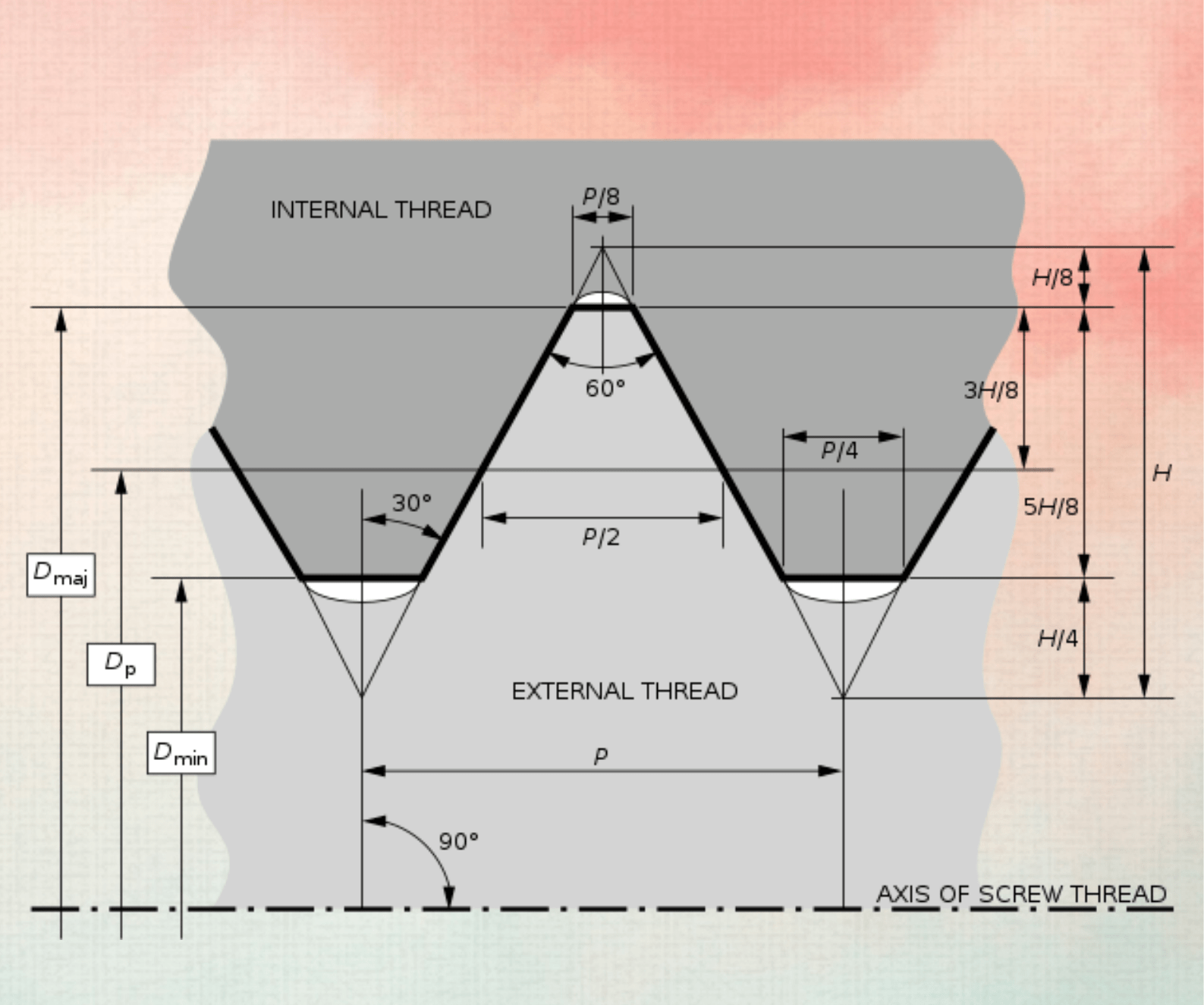
Mechanical Advantage:
One of the key advantages of this mechanism is mechanical advantage. The length of the threaded shaft and the pitch (the distance between successive threads) determine how much force is required to move the screw linearly. Longer shafts or steeper thread inclines provide greater mechanical advantage, allowing you to move or hold objects with less effort.
Pitch
The pitch of a screw refers to the distance between adjacent threads on the screw’s helical structure. It’s essentially the distance a screw would travel if it moved linearly along its axis during one complete rotation.
Mathematically, pitch is determined by measuring the distance between two consecutive threads along the screw’s axis. For example, if you measure the distance and find that it’s 1 millimeter between two adjacent threads, then the pitch of that screw would be 1 millimeter.
The pitch of a screw is crucial in determining how the screw functions. It affects how much the screw advances or moves when it is turned. Screws with a larger pitch cover more distance with each turn, which means they move faster but may require more force to turn. Conversely, screws with a smaller pitch cover less distance per turn but may require less force to operate.
Applications of Screw
Screws have a wide range of applications in both industrial and everyday settings due to their ability to provide secure fastening, precise adjustments, and mechanical advantage. Here are some common applications of screws, including everyday items where screws are used:
Fastening:
Screws are widely used in construction, woodworking, and home improvement for joining materials together. They secure everything from furniture components to door hinges and electronics enclosures.

Lifting and Holding:
Screws can be found in devices like car jacks, which use the screw mechanism to lift heavy vehicles. Vises and clamps also employ screws to securely hold objects in place.
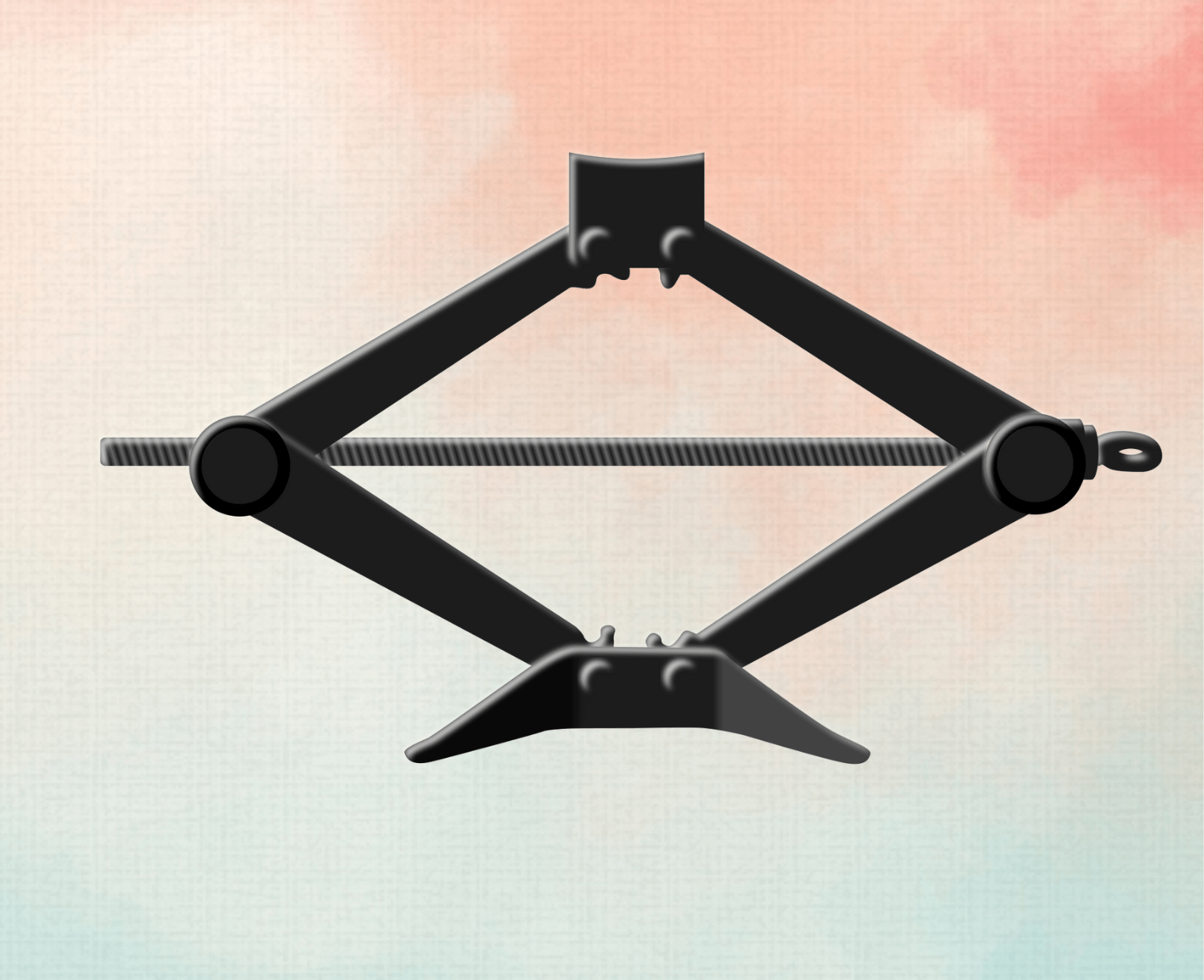
Adjustment and Tuning:
Precision screws are used in applications where fine adjustments are necessary. This includes camera lenses, microscope focus knobs, and musical instrument tuning pegs.
Compression:
In devices like presses and clamps, screws apply compressive force to materials, allowing for tasks such as gluing, bonding, and welding.
Propulsion:
Screws are integral to propulsion systems in various machines, including boat propellers that move watercraft and the screws in jet engines that generate thrust for airplanes.
Securing Electronics:
Screws are used in electronic devices to secure components in place and provide access for maintenance and repairs, such as in laptops, smartphones, and desktop computers.
Household Appliances:
Screws are used to assemble and repair household appliances like washing machines, refrigerators, and vacuum cleaners.
Automotive:
They play a crucial role in automotive applications, from securing engine components to holding together body panels and interior parts.

Plumbing:
In plumbing, screws are used in pipe fittings, valves, faucets, and other fixtures to create watertight seals and connections.
Furniture:
Screws are the primary fasteners used in the assembly of furniture, from chairs and tables to cabinets and bookshelves.
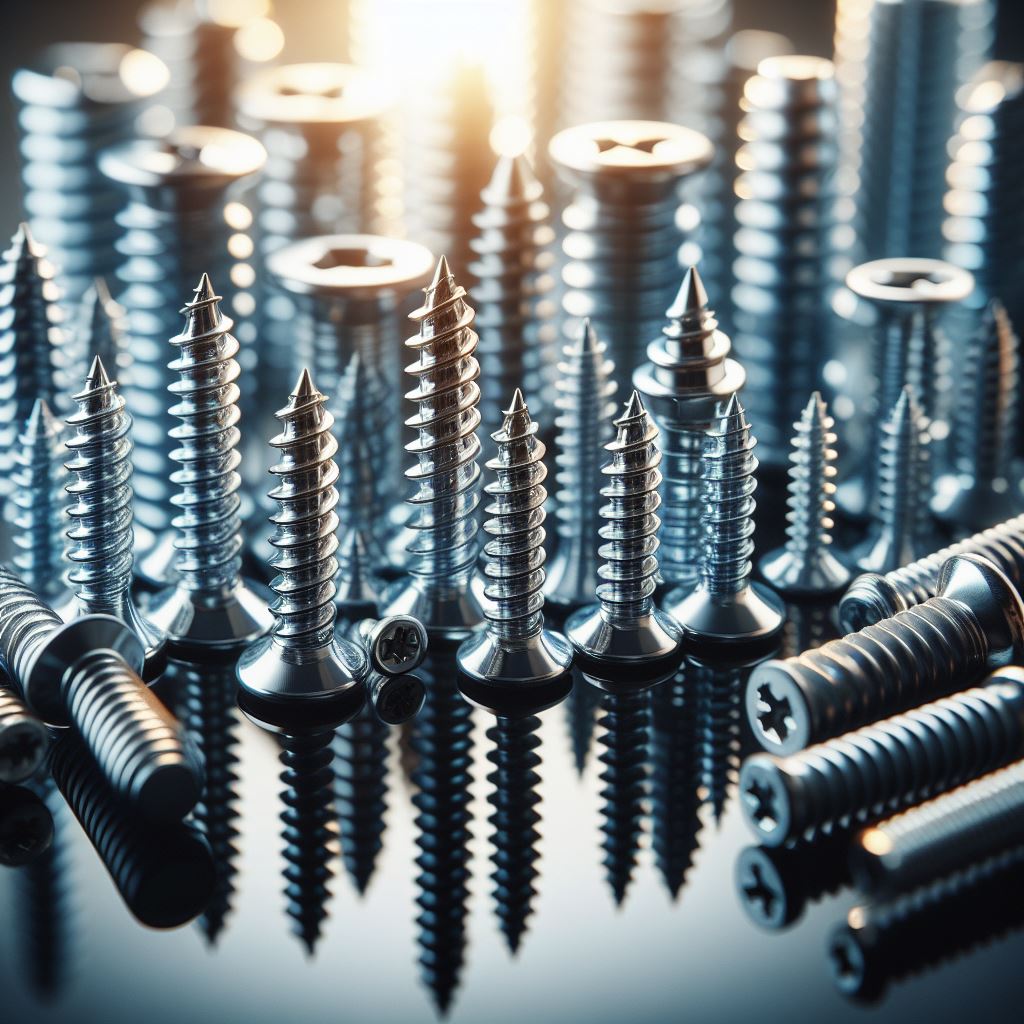
Carpentry:
Carpenters rely on screws for building structures, installing fixtures, and creating sturdy joints in various woodworking projects.
Hinges and Door Hardware:
Screws are used to attach hinges, doorknobs, locks, and other hardware to doors, cabinets, and gates.
Toys and Gadgets:
Screws can be found in children’s toys, remote-controlled vehicles, and various gadgets, allowing for assembly, adjustments, and repairs.
Light Fixtures:
Screws are used to mount light fixtures on walls and ceilings, as well as secure bulbs in sockets.
Gardening:
In gardening, screws can be used for constructing raised beds, assembling garden furniture, and building trellises and fencing.
These examples demonstrate the ubiquitous presence of screws in our daily lives and their critical role in a wide range of applications, from heavy machinery to everyday household items.
Today, screws are ubiquitous in our lives, with countless variations tailored to specific needs. They are fundamental to construction, automotive manufacturing, electronics, and everyday household items. The screw’s history, as a testament to human innovation and engineering prowess, continues to evolve, with new materials and designs constantly emerging to meet the demands of an ever-changing world.
Conclusion
In a world that continually evolves with complex technology and innovation, the humble screw stands as a testament to the enduring value of simplicity and ingenuity. From its ancient origins to its indispensable role in modern engineering and manufacturing, the screw remains a foundational simple machine that has shaped our world in countless ways.
Next time you tighten a screw or marvel at the efficiency of a water pump, take a moment to appreciate the remarkable simplicity of this ingenious invention. The screw is not just a tool; it’s a symbol of human creativity and problem-solving, reminding us that sometimes the most elegant solutions come from the simplest of ideas.
Also, Check out interesting blogs-
- Simple Machines- Pulley
- Simple Machines- Lever
- Simple Machines- Wheel and Axle
- Invention of the Steam Engine


